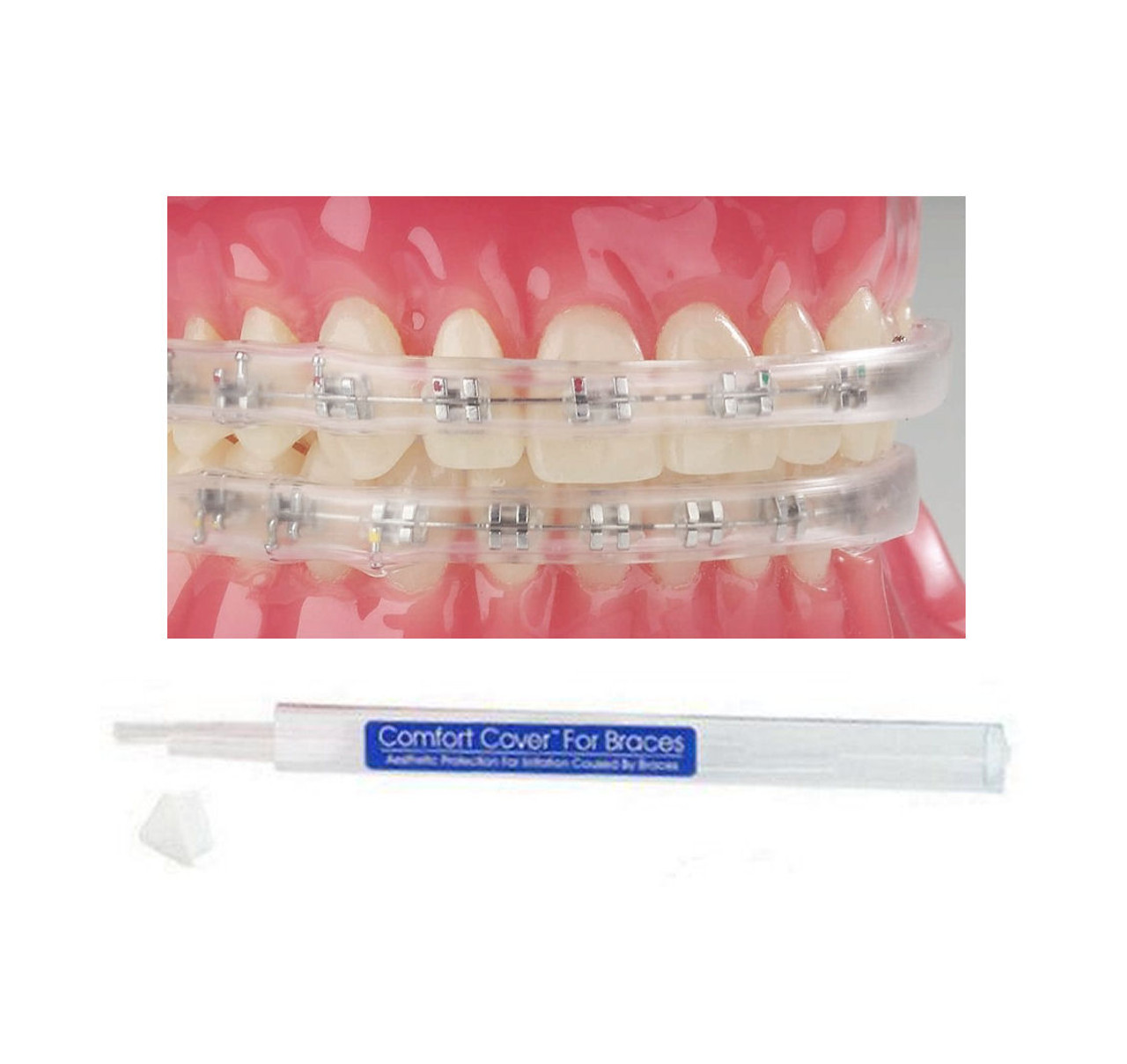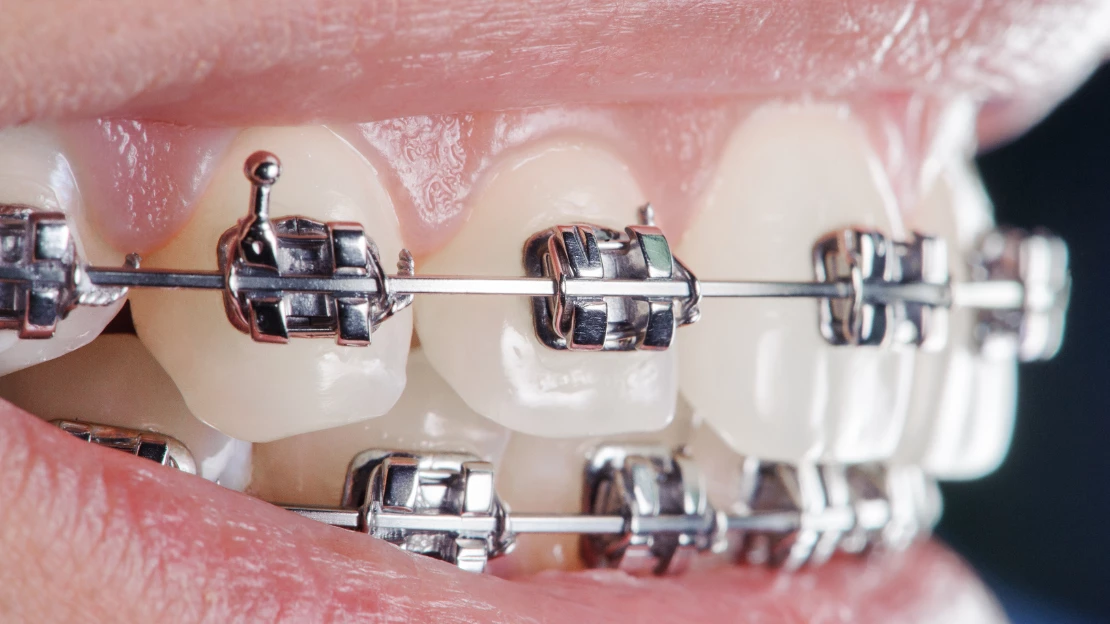Comprehensive Guide to Orthodontics Treatments for Dealing With Oral Misalignments
Understanding the details of each treatment, including their mechanisms, benefits, and potential disadvantages, is important in making notified choices regarding one's orthodontic treatment. As we navigate with the comprehensive overview to orthodontic treatments for dealing with dental misalignments, the intricate details of each method will unravel, dropping light on the course toward a harmonious and practical oral alignment.
Orthodontic Procedures Overview

Normal adjustments and tracking are crucial parts of orthodontic therapy to make certain progression is on track and to make any essential alterations along the way. By going through orthodontic treatments, people can not just attain a straighter grin but likewise improve their overall oral health and feature.
Typical Braces: How They Function
When taking into consideration orthodontic treatments for oral misalignments, typical dental braces stand out as a reliable technique for fixing teeth positioning. Traditional dental braces include braces, cords, and bands that interact to apply continuous pressure on the teeth, gradually moving them into the desired alignment. The brackets are connected to the teeth utilizing an unique adhesive, and the cords are threaded with the braces. By readjusting the tension of the wires, orthodontists can regulate the direction and force used to each tooth, assisting them right into proper positioning in time.
As stress is used to the teeth through the braces, the bone surrounding the teeth is improved to support the brand-new tooth placements. Clients will certainly require routine adjustments at the orthodontist's office to guarantee the dental braces proceed to use the correct stress for reliable teeth movement.
Unseen Aligners: Disadvantages and pros
Unseen aligners supply a very discreet and convenient choice to standard dental braces for remedying dental imbalances. These clear, tailor-made trays are essentially invisible when worn, making them an appealing option for individuals looking for a more cosmetically pleasing orthodontic therapy. One of the primary advantages of undetectable aligners is their removability, enabling simpler maintenance of oral health contrasted to standard braces. People can eliminate the aligners prior to consuming or brushing their teeth, reducing the risk of food getting stuck in the appliance and simplifying the cleaning process.

Surgical Orthodontic Options
Surgical treatments in orthodontics present feasible options for dealing with intricate oral imbalances that might not be successfully resolved with conventional orthodontic therapies. While typical braces and unseen aligners can remedy many orthodontic issues, particular cases call for surgical intervention to achieve optimum outcomes. Surgical orthodontic options are typically recommended for extreme malocclusions, significant jaw discrepancies, and cases where the underlying bone framework needs alteration to attain proper alignment.
One common medical orthodontic procedure a dentist near me is orthognathic surgery, which involves rearranging the jaws to remedy useful issues such as difficulty eating or talking. This surgery is typically done in partnership with an orthodontist who helps line up the teeth before and after the treatment. Surgical orthodontics may likewise entail procedures to subject influenced teeth, eliminate excess periodontal tissue, or improve the jawbone to produce a more unified face account.
Before considering medical orthodontic alternatives, people go through a comprehensive assessment to establish the requirement and potential advantages of such treatments. cumming aligners. While surgery might appear difficult, it can substantially boost both the feature and visual appeals of the smile in cases where standard orthodontic therapies fail
Retainers and Post-Treatment Treatment

Post-treatment care entails adhering to the orthodontist's guidelines faithfully. This might include proper oral hygiene practices, participating in follow-up appointments, and putting on the retainers as prescribed. Failing to adhere to post-treatment treatment directions can cause regression, where the teeth progressively return in the direction of their original placements. Regular retainer wear, great oral hygiene, and routine dental examinations are necessary for preserving the results achieved through orthodontic surgical this content treatment and guaranteeing the long-lasting security of the dealt with oral alignment.
Final Thought
In final thought, orthodontic procedures offer various options for remedying dental misalignments. Surgical orthodontic alternatives are readily available for much more severe misalignments. In general, orthodontic procedures can effectively improve oral wellness and aesthetic look.
As we browse with the comprehensive overview to orthodontic treatments for fixing oral misalignments, the detailed information of each method will unravel, shedding light on the course toward a useful and harmonious dental alignment. - cumming orthodontics
One of the most typical orthodontic treatments is the usage of dental braces, which are composed of metal braces and wires that apply gentle stress to slowly change teeth right into the wanted placement.When considering orthodontic therapies for oral misalignments, standard braces stand out as a time-tested look what i found technique for remedying teeth placing. Additionally, undetectable aligners may not be appropriate for complex orthodontic concerns that call for more significant teeth movement, as they are typically suggested for mild to modest situations. Retainers are personalized orthodontic tools made to hold teeth in their fixed positions after the completion of orthodontic treatment.